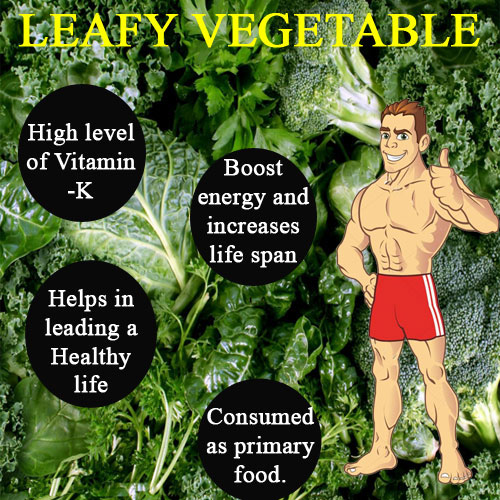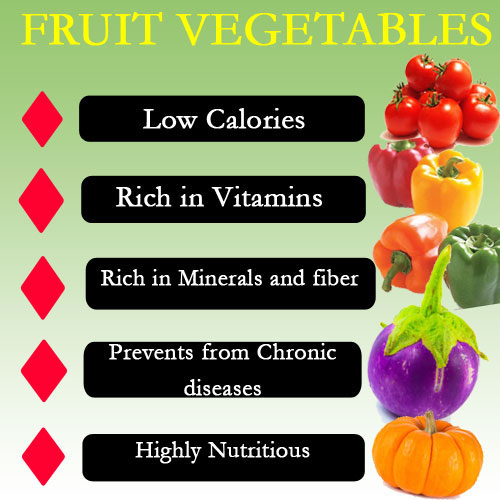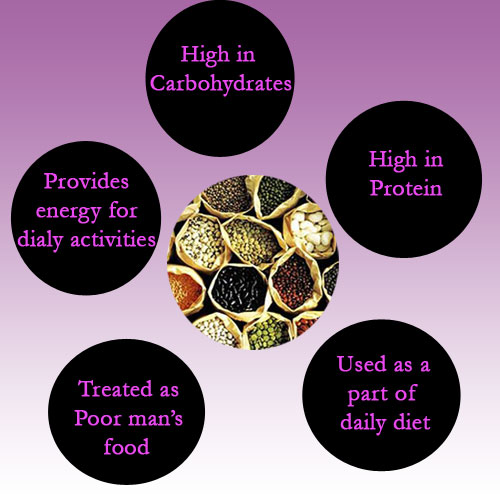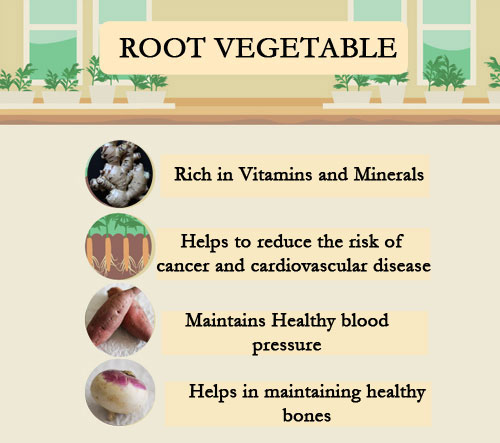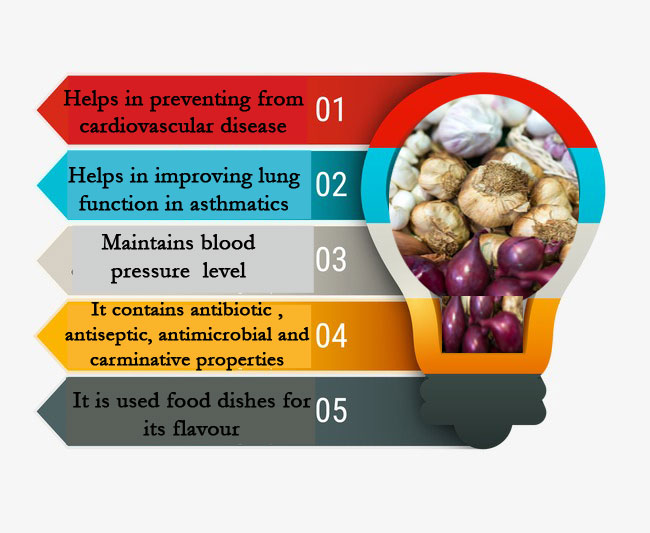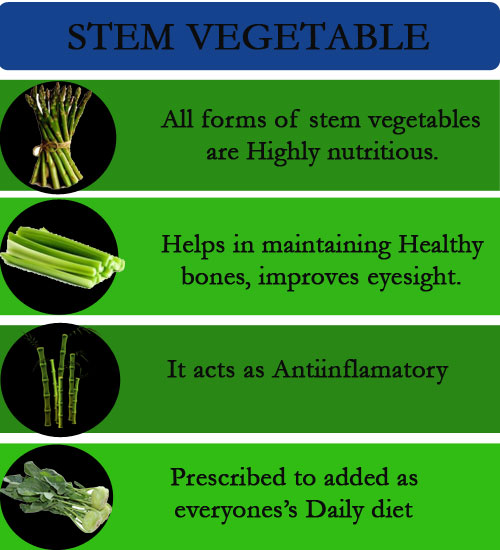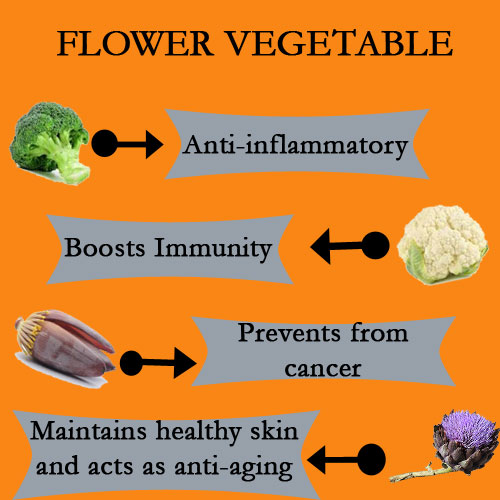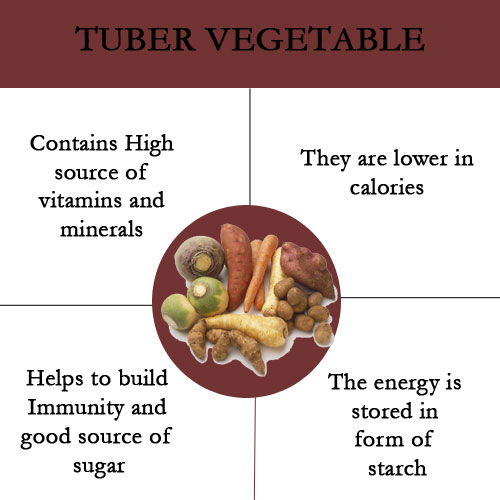List Of Vegetables
- Absinthe Interesting Facts

- Ahipa Nutritional Values

- Akudjura Various Uses

- Amaranth Health Benefits

- American Pokeweed

- Aniseed Myrtle Properties

- Aonori Summary

- Apple Mint Uses

- Arame Medicinal Uses

- Arracacha Nutritional Value

- Artichoke Nutrition Values

 Arugula Health Summary
Arugula Health Summary- Asarabacca Various Uses

- Asparagus Healthy Eating

- Avocado Nutrition Benefits

- Bamboo shoots

- Basil Nutrition Guide

- Beans Beneficial Properties

- Bean sprouts

- Beet Greens Nutrition Facts

- Beets Health Benefits

- Bishop’s weed Various Uses

- Bitter Gourd Nutritional Value

- Black Beans Benefits

- Blue Fenugreek Various Uses

- Boldo Medicinal Values

- Bok Choy Health Benefits

- Borage Greens Medicinal Purposes

- Bottle Guard Aspects

- Broccoli Health Properties

- Broccoflower Nutrition Guide

- Broccoli Raab Nutrition Values

- Broadleaf Arrowhead Health Benefits

- Brussel sprouts Nutrition Summary

- Burdock Health Benefits

- Cabbage Health Facts

- Camas Health Benefits

- Cantaloupe Nutrition Guide

- Canella Uses

- Carrots Health Properties

- Cardoon Nutritional Value

- Carola Summary

- Cassava Health Properties

- Catnip Oil Benefits

- Catsear Flower Uses

- Celeriac Nutritional Value

- Celery Health Benefits

- Chard(Swiss & red)Nutrition Values

- Chaya Nutrition Facts

- Chervil Properties

- Good King Henry

- Chickweed Health Benefits

- Chickpeas Nutrition Summary

- Chile peppers Health Benefits

- Chinese Artichoke Uses

- Chinese Broccoli Nutritional Valu

- Chinese cabbage Nutrition Values

- Chinese Mallow Aspects

- Chives Nutrition Guide

- Chrysanthemum Leaves Uses

- Cicely Unknown Benefits

- Cinnamon Myrtle Medicinal Value

- Collards Nutrition Facts

- Common Purslane Benefits

- Corn Health Values

- Corn Salad Interesting Facts

- Cress Medicinal Values

- Cucumber Health Benefits

- Culantro Leaves

- Curry Leaf Tree Origin

- Collard Greens Nutrition Facts

- Dabberlocks Interesting Facts

- Dandelion Health Benefits

- Dill Health requirements

- Drumstick Nutritional Value

- Dulse Health Benefits

- Earthnut Pea Properties

- Eggplant Nutrition Guide

- Elephant Foot yam Health Benefits

- Elephant Garlic Uses

- Endive Medicinal Properties

- Ensete Health Benefits

- Epazote Properties

- Fat Hen Interesting Facts

- Fingerroot Uses

- French Sorrel Health Facts

- Garlic Nutrition Values

- Gim seaweed Uses

- Ginger Flower Properties

- Ginger Medicinal Values

- Golden Samphire Aspects

- Greater Plantain Medicinal Uses

- Green onions Health Facts

- Green peas Nutrition Values

- Hijiki Nutritional Aspects

- Holy Basil Leaves

- Horseradish Health Benefits

- Onions Nutrition Guide

- Sea Beet Aspects

- Sea Lettuce Health Benefits

- Yam Nutritional Value

- Yarrow Medicinal Uses

- Zucchini Health Guide

- Veggies by seasons

- Veggies did you know??

- Comparison of veggies!!!

- Veggies and it's origin

- Comical View of Veggiess

- Categories of veggies

Veggie Picks
CATEGORY OF VEGGIES
INTRODUCTION
There are nearly Eight categories of vegetables that people consume everyday. Each category of vegetable is nutritious in many ways. The Health benefits and some of the vegetables are discussed below.
LEAFY VEGETABLE
The Leafy vegetables are nothing but the plant leaves that can be eaten as a part of vegetable. There are many kinds of leafy vegetable which is high in nutrition and differ in cooking methods.
There are nearly more than one thousand plant species whose leaves are edible and contains more health benefits. Woody plants of various species also provide edible leaves. Some examples of leafy vegetable are spinach,lettuce, mint, and kale.
Leafy vegetables contain typical nutrients of plants and are considerably rich in fiber. Due to photosynthesis processes the Vitamin K level of leaves are notably high. The dark colored leafy vegetable is high in nutrients. It also helps in improving digestive problems, balances cholesterol level, helps in treating anemia, boosts energy level and also increases life span. There are many health benefits in consuming green leafy vegetables.
Presence of high nutrients and health benefits the leafy vegetables are considered as primary food and are consumed in high quantity.
.
FRUIT
The lists of vegetables that are technically fruits with seed-bearing structure grow from the ovary of the flowering plant. They are pulpy and are seed-rich bodies that grow in a vine.
There are many species in this category that are edible to the human and are high in nutritional content. Some examples of fruiting vegetable are Eggplant, Pumpkin, Squashes, Tomato, etc.
They are rich in Calories compared to leafy vegetable and also rich in Vitamin C. It is loaded with vitamins, minerals and fiber. It prevents from chronic diseases like cancer and heart disease. People eat this category for maintaining healthy diet.
SEED OR PODDED VEGETABLE
Podded vegetable are type of fruit vegetable and are known as legumes. The pods of the plant are eaten as vegetable. The green peas and nuts are considered to be the pods of the plant.
Some vegetables like peas, corn, and pulses are eaten as seeds. In some cases the plants like okra, snap peas, and French beans are eaten as a whole. Vegetables are grown and eaten as seeds.
In olden days, this category is aid to be poor man's food. As time passed it is included to the daily diet of most people. The pods and seeds contain the highest source of proteins and carbohydrates. The protein provided by this category provides energy to carry out daily activities.
ROOT VEGETABLE
The fleshy roots of edible plants are consumed as vegetable. The underground part of plant is used as vegetable, which is rich in nutrients.
Root vegetables are considered as important ingredient in folk medicine. It is primarily used as food diets in many countries for more than thousand years. These categories are eaten raw or as stews, juices or roasted. They have supported undernourished people worldwide.
The important reason for eating root vegetables is that for its health benefits. There are many vital nutrients found in root vegetables like vitamin A, vitamin C, potassium, magnesium and dietary fiber. It also helps to fight against cancer, diabetes, obesity, and inflammatory-based disorders like heart disease and arthritis.
Some of the root vegetables are sweet potato, potatoes, yam, carrots, radish, and beets etc. Root vegetable provides variety of nutrients which helps in maintaining healthy diet.
BULB VEGETABLE
Bulb vegetables are vegetables that are not eaten directly rather used for food dishes to enhance the flavour of the food. The texture of this category is a short stem with fleshy leaves or leaf bases that function as food storage organs. It is also called as ornamental bulbous plants.
Bulbs are short rounded buds that grow underground to store food for the plant. Fleshy structures are surrounded by layers fleshy leaves. Some of the bud vegetables are onion, garlic, chive, shallot, leek, and scallion.
It helps in preventing from cardiovascular disease, lowers the risk of cancer, helps in improving lung function in asthmatics, reduce blood pressure and have more health benefits. These category vegetables have antibiotic, antiseptic, antimicrobial and carminative properties that help you to stay away from infections.
The bulbs are usually aromatic vegetables that are used in food dishes for its flavour. The edible part of this type is the bulb of the plant where the nutrient content is stored.
STEM VEGETABLE
The stems of the plants are used as vegetables. Although other categories of vegetables contain some amount of stem tissues the term is used here for the vegetables which are primarily grown above-ground stems.
This category is considered to be healthy to eat. They are prescribed to be added as everyone's daily diet. The stem vegetables provides number of advantages like maintains bone health, helps to improve the eyesight, looks after your organs and much more. All forms of stem vegetables are highly nutritional whether raw, cooked or steamed.
Some examples of stem vegetables are asparagus, artichokes, bamboo shoots, sugar cane, nopal etc. The stalks and leaves of the plant are consumed as vegetable. They are highly nutritious and we acquire a proper balanced diet.
The important fact of stem vegetables is that they should not be over cooked or else they may lose their nutrients.
FLOWER VEGETABLE
Flower vegetables are edible flowers in some plants that are considered as vegetable. It is so called because they have the shape of flower. They look like many flower buds clustered together.
Some of the Flower vegetables are broccoli, cauliflower, herbs, wild cabbage, banana flower, and anise flower etc. These flowers vegetables are edible to humans and also provide a healthy life.
The health benefits of flowery vegetable is that it acts as anti-inflammatory, immunity booster and it prevents from diabetes, cancer and other diseases. It also helps in boosting your brain function
People love to be young and this category helps to maintain healthy skin and acts as anti-aging.
TUBERS
Tubers are form of edible vegetables that grows at the base of roots. They store nutrient in form of starch. This type of vegetable is capable of producing a new plant. A single part of tubers can produce many tubers.
The health benefits of these vegetables are notably high. They contain high source of vitamins, minerals and calcium. They are lower in calories. It helps in building immunity and a good source of sugar.
Some of the tuber vegetables are Jerusalem artichoke, yam, crosne, potato, taro, jicama, cassava. They are highly energy efficient vegetable.
Tubers are simply a group of plants that develop starchy roots. They are crunchy and most liked by children too for e.g. Potato.
